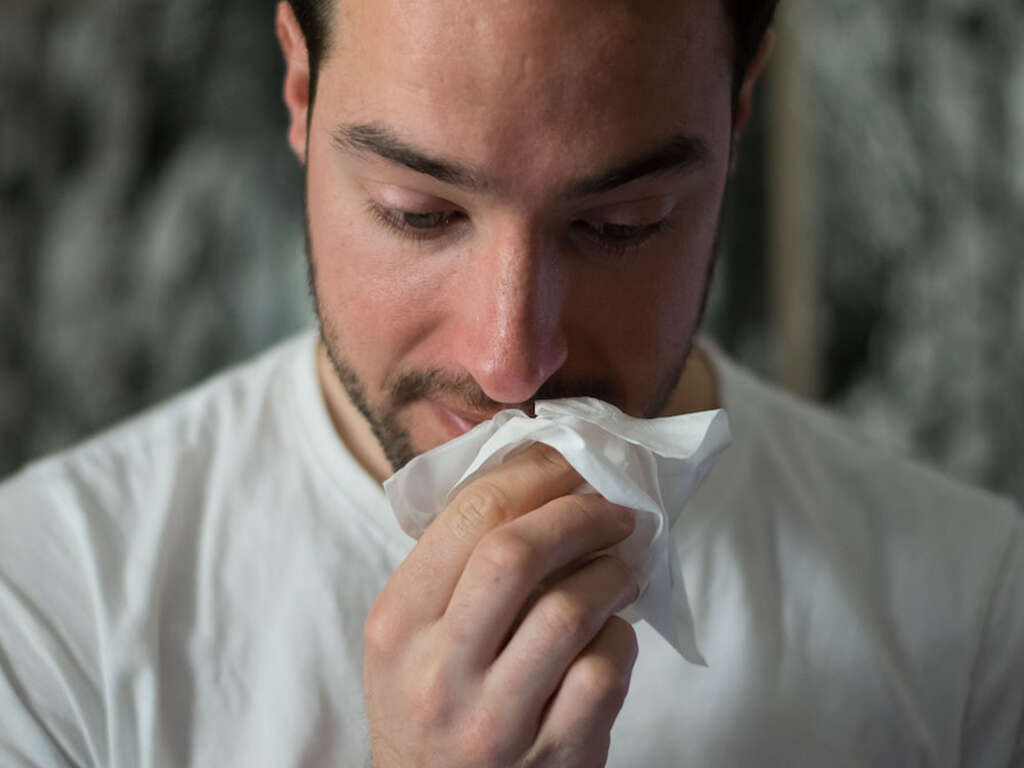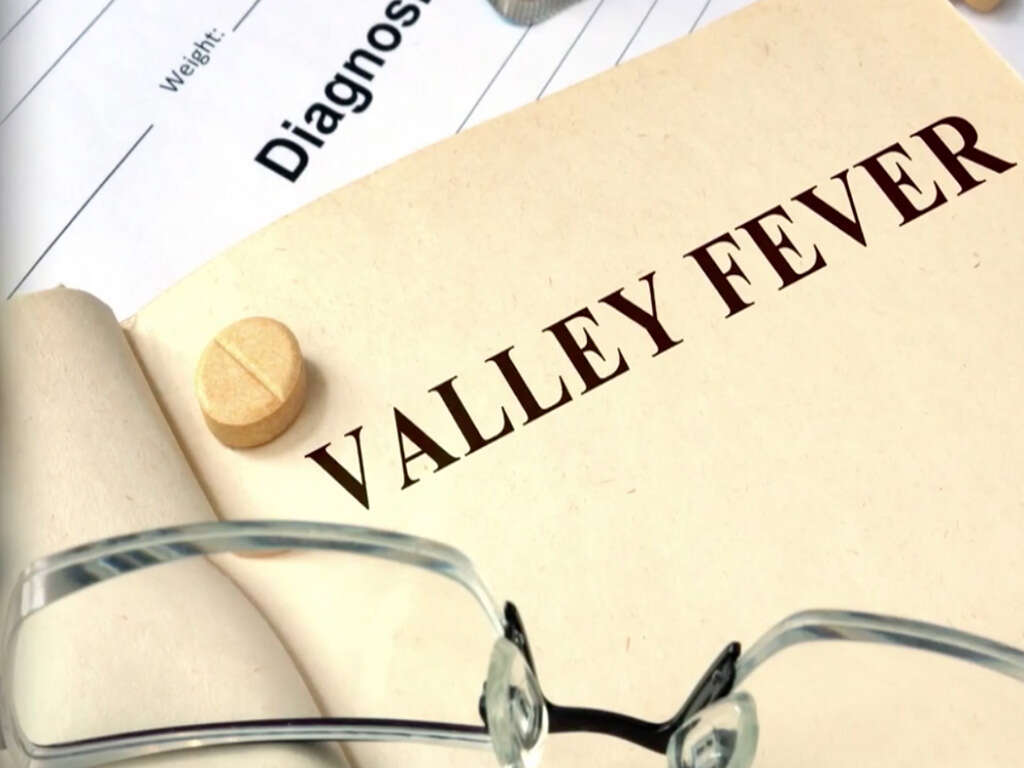10 Coccidioidomycosis Symptoms
 Article Sources
Article Sources
- 1. ’Valley fever.’ Mayo Clinic. www.mayoclinic.org/diseases-conditions/valley-fever/symptoms-causes/syc-20378761
- 2. Thompson G. ’Pulmonary coccidioidomycosis.’ Seminars in Respiratory Critical Care Medicine. 2011. www.pubmed.ncbi.nlm.nih.gov/22167403
- 3. Bowers, J. Mourani J, Ampel N. ‘Fatigue in Coccidioidomycosis.’ Medical Mycology. 2006
- 4. ’Fever.’ Mayo Clinic. www.mayoclinic.org/diseases-conditions/fever/symptoms-causes/syc-20352759
- 5. ’Coccidioidomycosis.’ American Thoracic Society. www. thoracic.org/patients/patient-resources/resources/coccidioidomycosis.pdf
- 6. ’Sabine’s Story.’ Centers for Disease Control and Prevention. www.cdc.gov/fungal/personalstories/sabine.html
Coccidioidomycosis is a fungal infection that's also called valley fever. It's typically found in dry, warm parts of the United States, such as the southwestern states and central California. Infection may occur when a person inhales air with the fungus in it. Common places where this may occur include construction sites, archaeological digs and farms.
In most cases, the initial infection is mild, with few or no symptoms, and fully resolves on its own. However, the disease may progress to a chronic lung infection or a more serious condition that spreads to other parts of the body, causing disability or death.
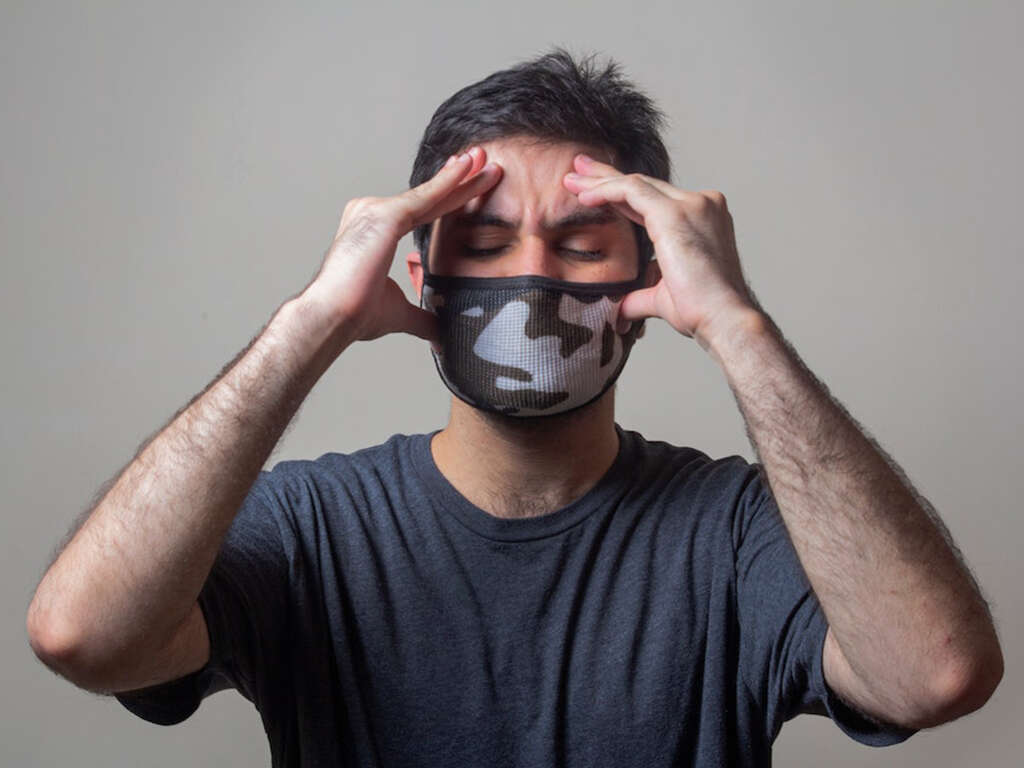
Fatigue
Fatigue, or tiredness, is a common symptom of coccidioidomycosis, affecting many individuals with this infection. According to a small study, 65 percent of the participants reported severe fatigue associated with coccidioidomycosis. A low body mass index or BMI also may be related to significant fatigue in valley fever patients who have symptoms. In other words, as weight drops, fatigue severity may increase.
During treatment with an antifungal medicine, fatigue typically decreases but may take four months or more to resolve completely. If the disease becomes chronic or spreads to areas other than the lungs, fatigue may be longer lasting and more severe.3Bowers, J. Mourani J, Ampel N. ‘Fatigue in Coccidioidomycosis.’ Medical Mycology. 2006

Fever
As with many infections, fever may be a symptom of coccidioidomycosis. General weakness, irritability, dehydration and loss of appetite may accompany a fever, and sometimes, chills and shaking may occur. It's better to manage a low-grade fever with fluid replacement because fever is key in fighting off infections.
Fever treatment includes over-the-counter anti-inflammatory medicines, including aspirin, acetaminophen and nonsteroidal anti-inflammatory drugs, such as ibuprofen. Cool compresses applied to the forehead, under the arms or in the groin also may help fight high fevers.4’Fever.’ Mayo Clinic. www.mayoclinic.org/diseases-conditions/fever/symptoms-causes/syc-20352759
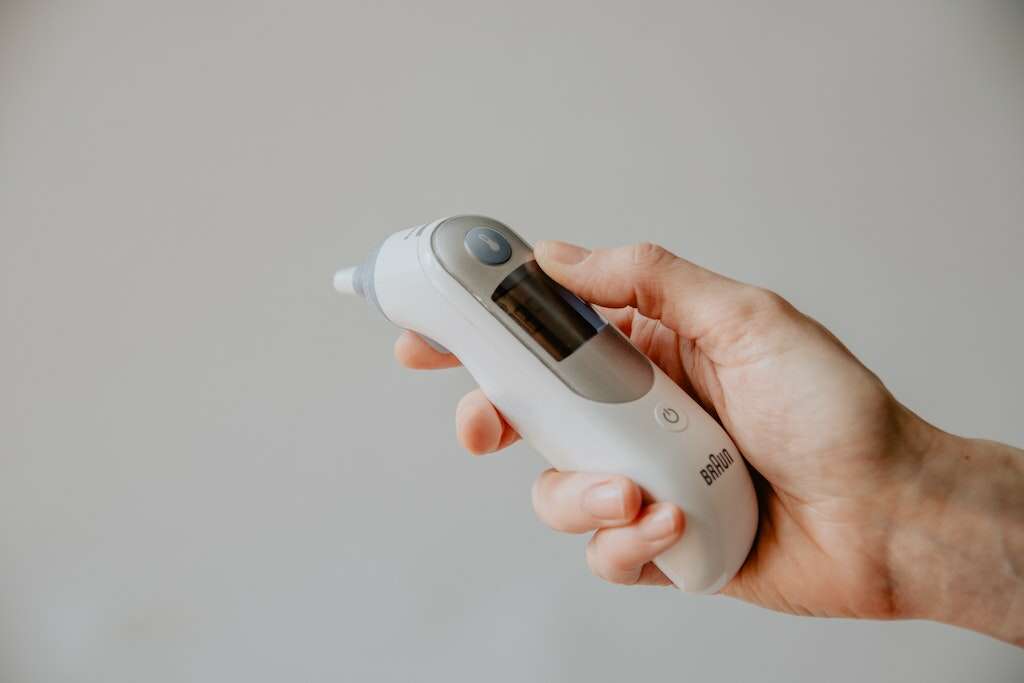
Cough
Coccidioidomycosis occurs when a fungus is inhaled into the lungs. The resulting irritation and formation of phlegm may cause persistent coughing.1’Valley fever.’ Mayo Clinic. www.mayoclinic.org/diseases-conditions/valley-fever/symptoms-causes/syc-20378761 In the early stages of valley fever, a cough may be useful in helping diagnose the condition.
A person may be able to cough up phlegm from the lungs for diagnostic examination.5’Coccidioidomycosis.’ American Thoracic Society. www. thoracic.org/patients/patient-resources/resources/coccidioidomycosis.pdf Antifungal medications, such as amphotericin and itraconazole, may be prescribed for a coccidioidomycosis infection. As the infection responds to the medication, coughing should improve.2Thompson G. ’Pulmonary coccidioidomycosis.’ Seminars in Respiratory Critical Care Medicine. 2011. www.pubmed.ncbi.nlm.nih.gov/22167403

Headache
Headache is one of the flu-like symptoms that may occur with valley fever.5’Coccidioidomycosis.’ American Thoracic Society. www. thoracic.org/patients/patient-resources/resources/coccidioidomycosis.pdf While headaches may be caused by a number of other ailments, those associated with valley fever may be severe and relentless. The headache may also be the result of a fever associated with coccidioidomycosis.
If a headache is debilitating or associated with a stiff neck, a change in sensation, vision changes or other significant neurological symptoms, valley fever may have progressed to meningitis and the person should seek medical attention.
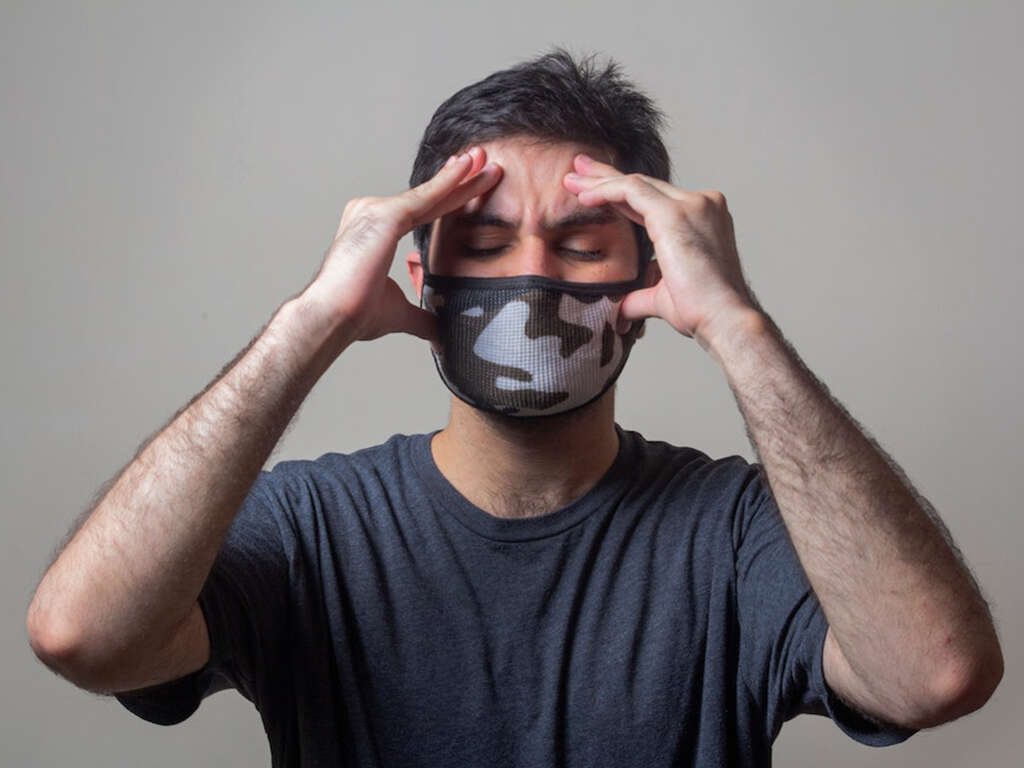
Chills
Chills may accompany fevers, especially high ones. Caused by rapid changes in temperature, they're a common sign that the temperature is rising or rapidly falling. Chills also may indicate an infection within the body. Chemicals released by the valley fever fungus may cause muscles to shake. The action of the body's protective infection-fighting cells may also cause chills.
If the chills are caused by fever, medications, such as aspirin, acetaminophen or NSAIDs, may help. An antifungal may help reduce chills as it attacks the fungus.

Night Sweats
Night sweats are defined as drenching sweats, sometimes requiring a change of bedclothes. They may appear in coccidioidomycosis in conjunction with fever. Because night sweats can be caused by many conditions and medications, a full medical history, physical exam and laboratory testing may be necessary to isolate valley fever as the cause.
Some medications also may cause night sweats. An antifungal prescribed for valley fever may lessen the frequency and severity of night sweats if these symptoms are related to the infection.

Joint Aches
One in five people diagnosed with coccidioidomycosis develop joint pain, and the disease is sometimes called desert rheumatism. This pain isn't the result of an infection in the joints, rather, it's related to the patient's immune system fighting off the fungus, leading to inflammation throughout the body.
With valley fever, a person's legs may be swollen, and the knee and ankle joints may feel heavy, as though they're made of stone. Management of joint pain in coccidioidomycosis may include pain relievers and antifungal medications.6’Sabine’s Story.’ Centers for Disease Control and Prevention. www.cdc.gov/fungal/personalstories/sabine.html
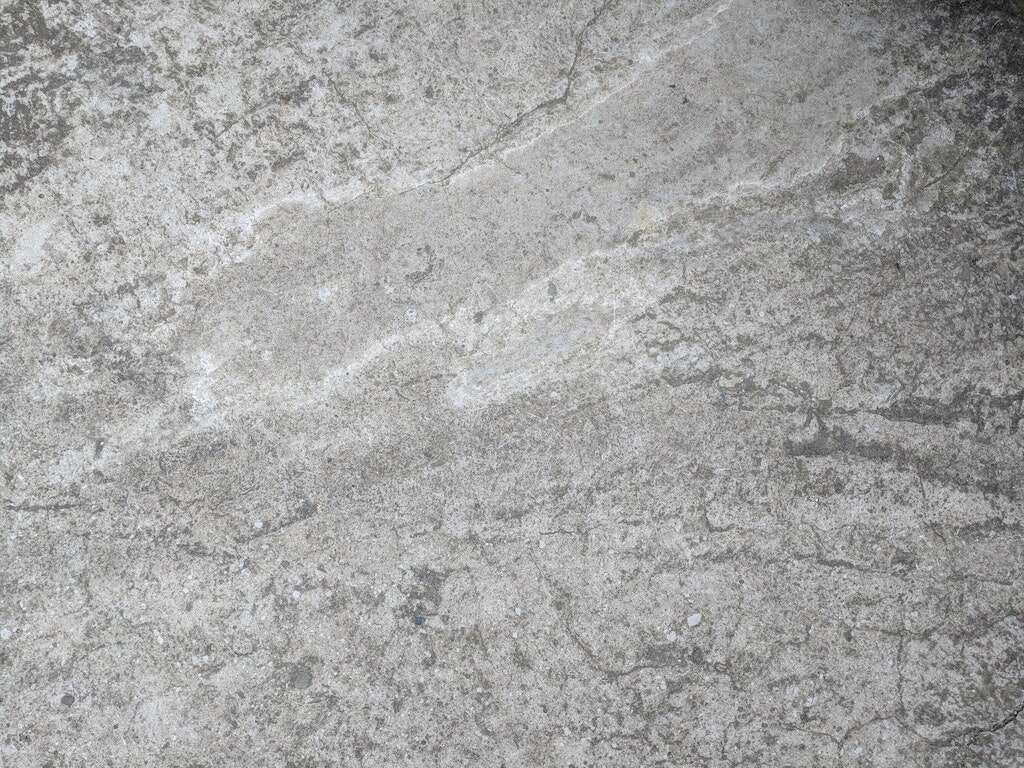
Muscle Soreness
Muscular soreness, similar to that seen in flu patients, may result from the immune system kicking into high gear to fight the infection elsewhere in the body, such as the lungs. The inflammation affects many bodily tissues, including the muscles, which become achy.
The soreness may go away on its own, but anti-inflammatory and pain medications may help alleviate the discomfort. If the soreness doesn't resolve on its own, antifungal drugs may help by fighting the primary infection.
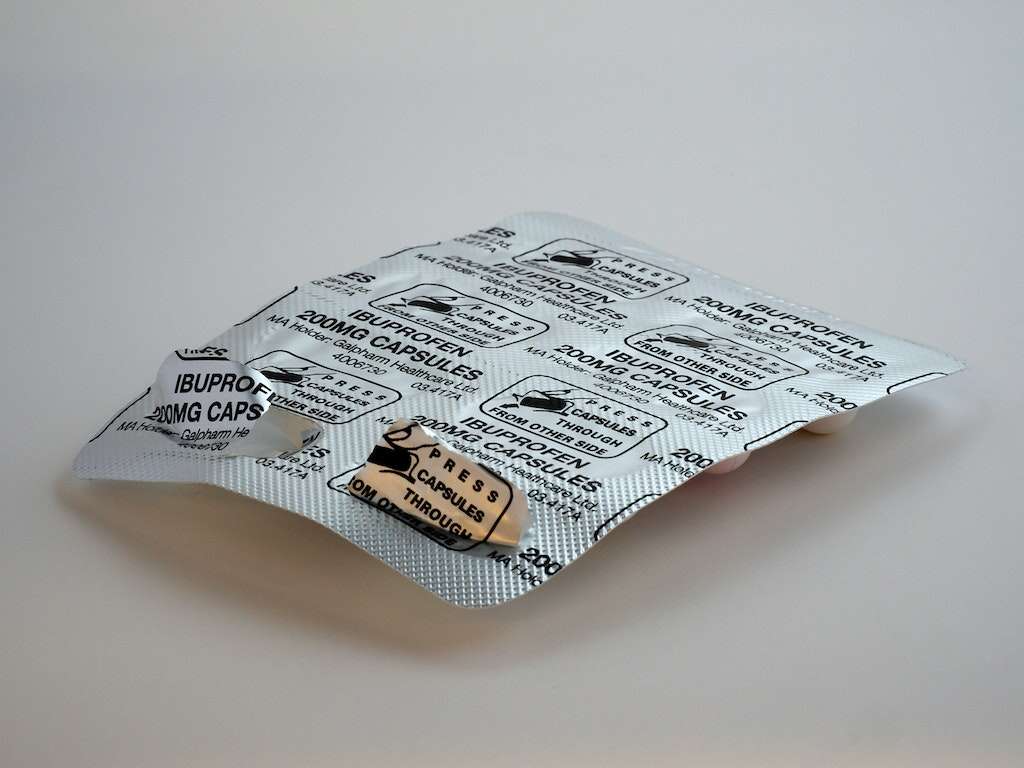
Red, Spotty Rash
Many cases of coccidioidomycosis are associated with erythema nodosum, a rash with red, painful bumps, developing after a lung infection. The rash usually occurs on the lower legs but also may appear on the back and thighs. The rash may be from a direct infection, such as a cut on the skin, or secondary from a lung infection.
The rash may be the result of hyperactive immune cells and typically goes away on its own. Taking pain medication may be necessary until it resolves.

Chronic and Disseminated Coccidioidomycosis Symptoms
Coccidioidomycosis can last a few weeks or a few months. Sometimes, it becomes chronic or a serious widespread infection. Symptoms may include a low-grade fever, chronic cough and weight loss. The lungs may produce blood-tinged sputum, and lung nodules may appear.
Disseminated coccidioidomycosis is the most serious form of the disease. Symptoms may include a rash with ulcers and painful lesions on the skull, spine or other bones. Meningitis, an infection of the brain and spinal cord, may also occur.1’Valley fever.’ Mayo Clinic. www.mayoclinic.org/diseases-conditions/valley-fever/symptoms-causes/syc-20378761,2Thompson G. ’Pulmonary coccidioidomycosis.’ Seminars in Respiratory Critical Care Medicine. 2011. www.pubmed.ncbi.nlm.nih.gov/22167403



